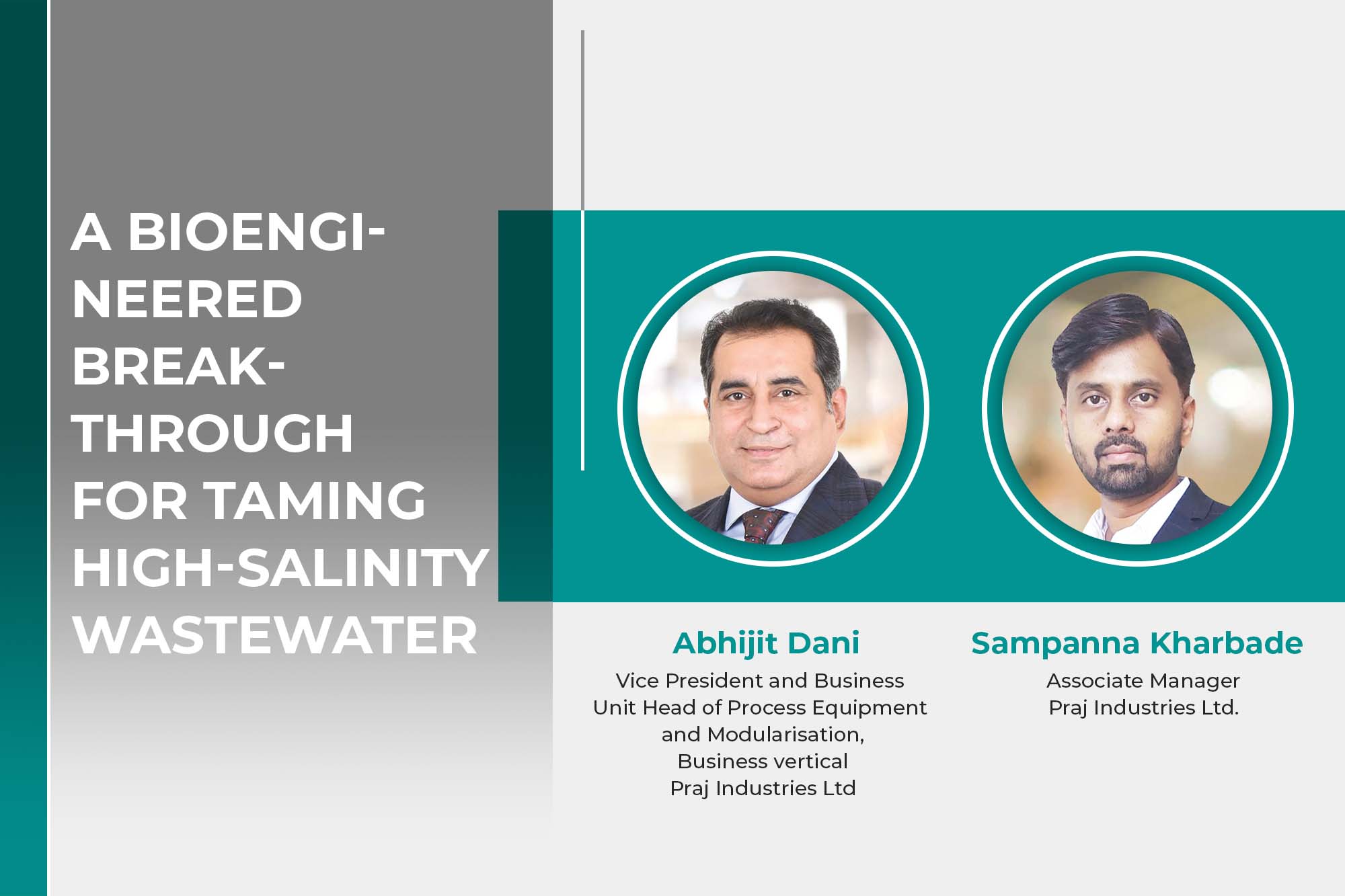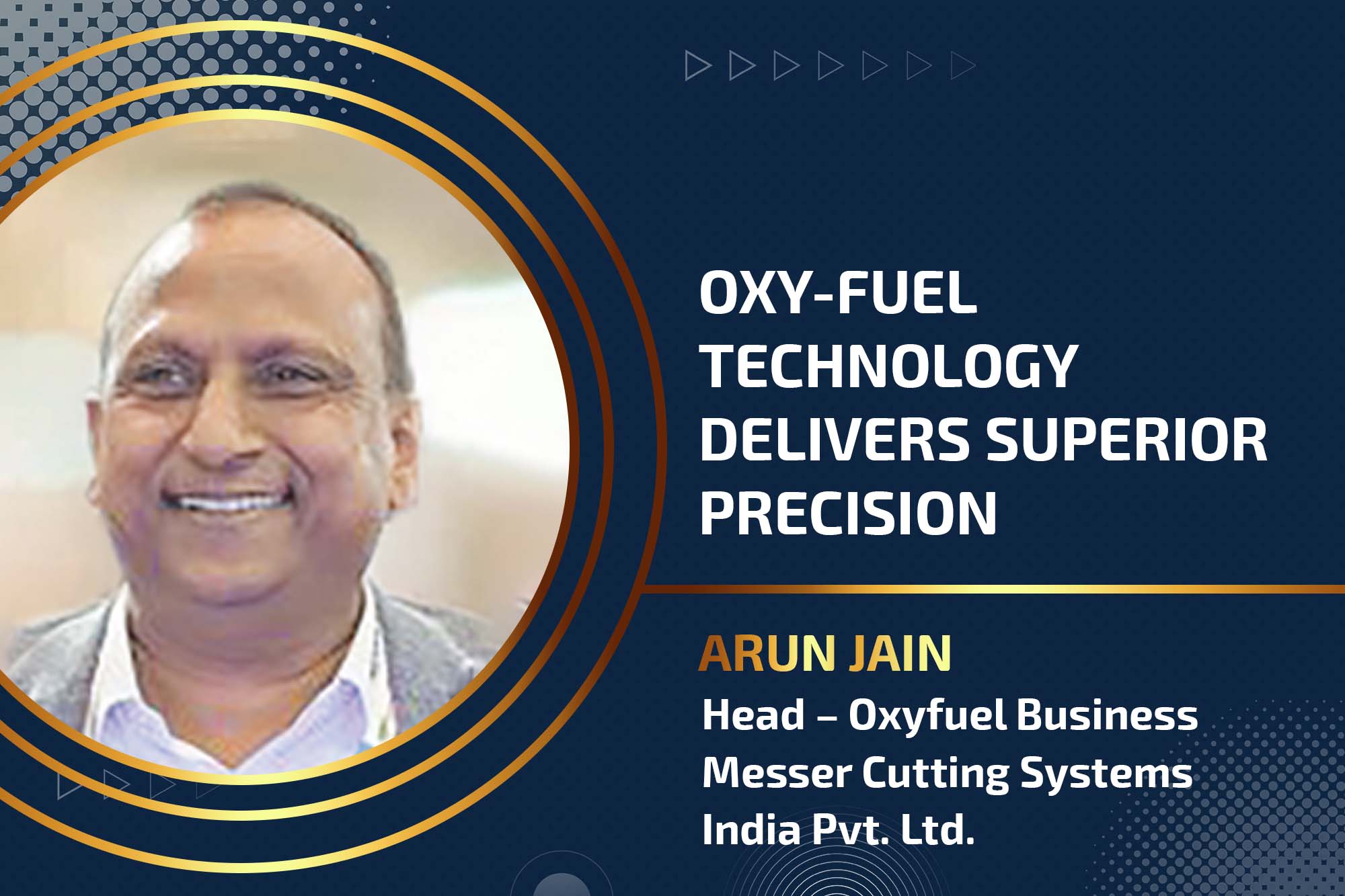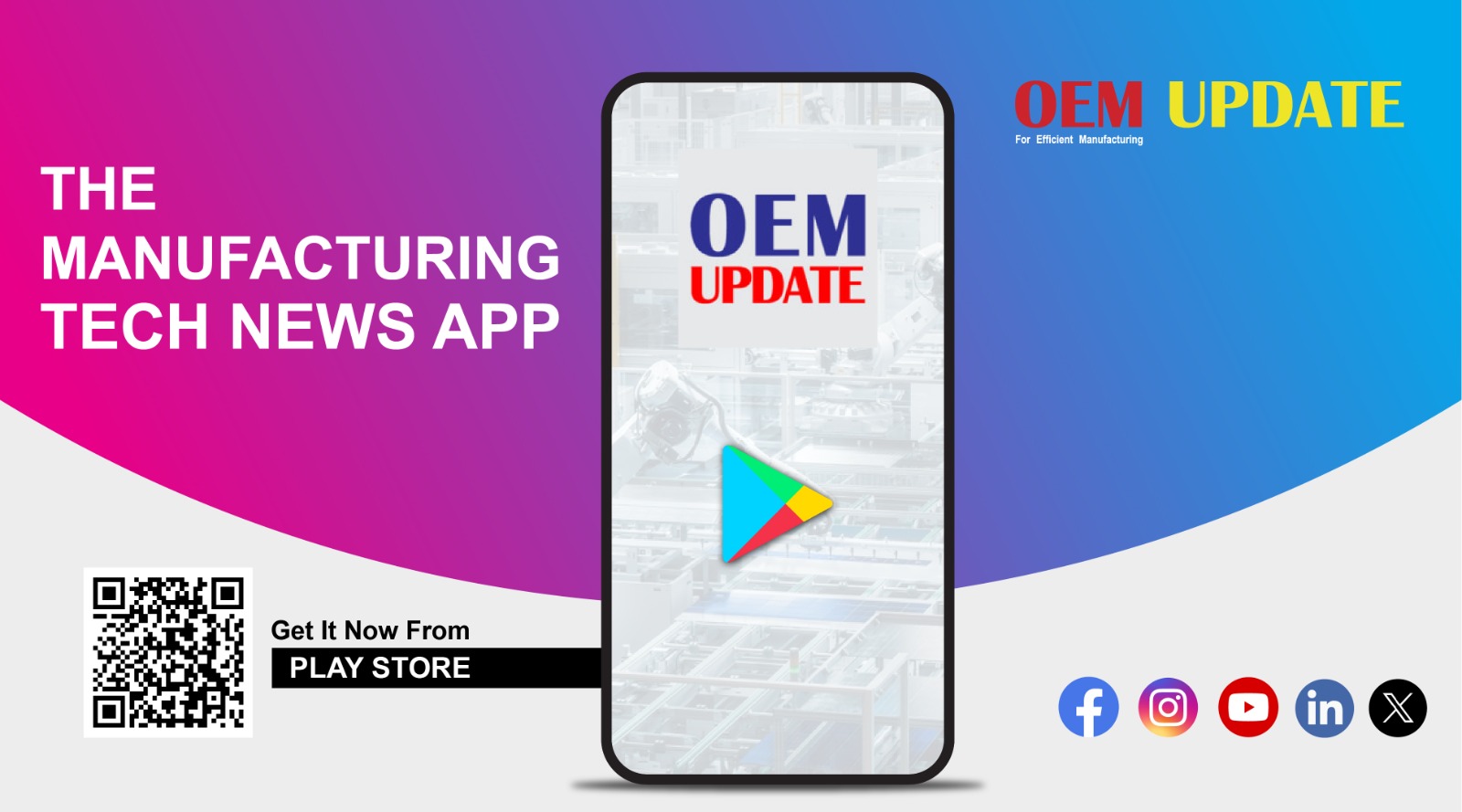Productivity – A critical pillar of industrial competitiveness
By admin December 17, 2012 10:23 am IST
Productivity – A critical pillar of industrial competitiveness
Gautham Doshi, Advisor at IMTMA (Indian Machine Tool Manufacturers’ Association), talks about the importance of quality route in achieving productivity
Where does industrial competitiveness come from? Does it come from innovation? Sure it does! But is innovation enough to be competitive? Innovation is not the only ingredient for competitiveness, though it is a very essential or important one. There are countless cases where innovations have stayed in the cupboard and not commercialised. Does it come from industrial design? A good design converts an innovation into a product, which can be manufactured. However if not manufactured competitively there would be few buyers.
There is a saying “Selling coal to Newcastle”. Marketing people can sell anything to anyone. There is also another truth; one is successful and competitive if you have repeat customers. One can sell a shoddy product once but can one sell a shoddy or costly product to the same customer again and again? Finally success comes only when you have innovation, and a good industrial design competitively manufactured and effectively marketed.
Since we all agree manufacturing competitiveness is critical to success and productivity is a critical pillar, let us look at some facets of boosting productivity. The first thing that comes to mind is producing more components or parts in the same time or better asset utilisation. One way to do this is to reduce the cycle time of the process. However speeding up a process could lead to greater resource wear, for example cutting tool wear. In turn this could lead to a quality issue or a frequent change of tool and during which the machine would be idle. Thus one has to optimise the speed or cycle time and strike a balance between the parameters, which include the resource (tool) life. Continuous research in resources increases their life and at the same time allows one to operate at higher speeds. Needless to say the final limitation may come from the design of machines or the part being machined.
While optimising the cycle time is one facet, another important aspect to resource utilisation is how much time in a day or shift do we use it. We pay interest 24X7 but do we use our asset 24X7? For example if a cycle time for a part is 6 min, do we get 10 parts an hour or 240 parts in a day? If not we are not utilising the resource fully. The reasons for not getting 240 parts in a day are many, for example machine breakdown, set up change, tool change, adjustments of tool, lunch and tea breaks, material not available, electricity not available, operator not available and so on. All these result in poor resource utilisation. Often these reasons account for 60 per cent of 24X7 and are a very big drain on productivity.
In some organisations we produce for stock. For example we can produce 120 units of part A but we sell 100 units. 20 units are in stock to be sold in the next month. However in this period there was an order of 50 units of B and due to capacity constraints we were able to produce only 30 units of B. This is against common sense, but the reason given is we did not want to break the batch of A, because there is loss of productivity as an additional set up time is required. Machine utilisation is high but at the cost of inventory. What is forgotten is improper utilisation of resource, i.e. money. Therefore this is certainly not higher productivity. Often you can observe an operator of a CNC machine standing idle during the automatic cycle. Is this good resource utilisation? Resources include energy and material. Do our forgings or castings have too much machining allowance? What do we do to reach near net shape? Do we measure how much energy we consume per unit of our product and try to reduce it?
Larger batches are taken also because processes are not stable, rejection and rework take place. If one wants 100 to be dispatched take a batch of 105 could be the rationale. As a result there is waste in the process and poor productivity. Rejections mean that either the capability of the process does not meet specifications, or special causes make the process unstable. One needs to deep dive into the process and understand the variables that affect the process. SPC studies certainly help in analysing the process. Process control and monitoring systems need to be set up. A deep understanding of the process leads to its improvement and ultimately results in higher productivity. No rejections or rework mean one can produce exactly as much as one sells!
Cookie Consent
We use cookies to personalize your experience. By continuing to visit this website you agree to our Terms & Conditions, Privacy Policy and Cookie Policy.


















